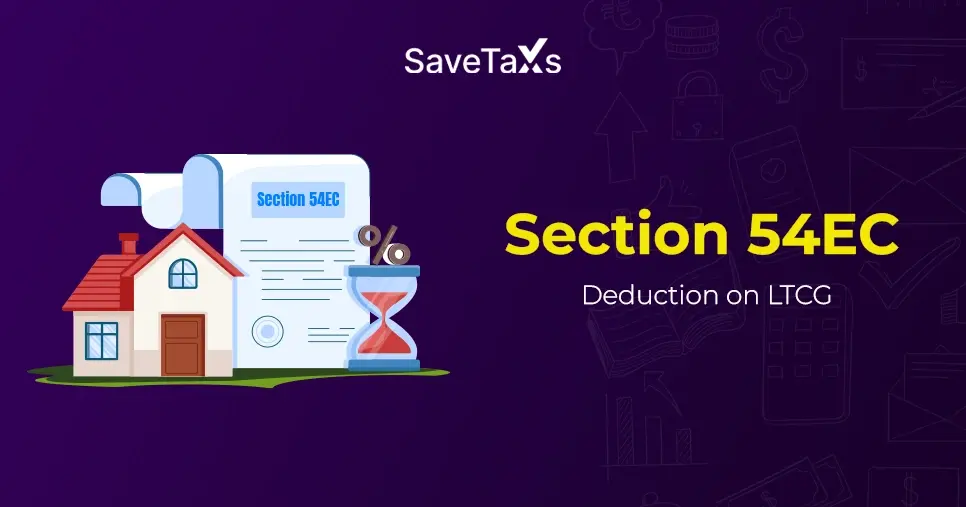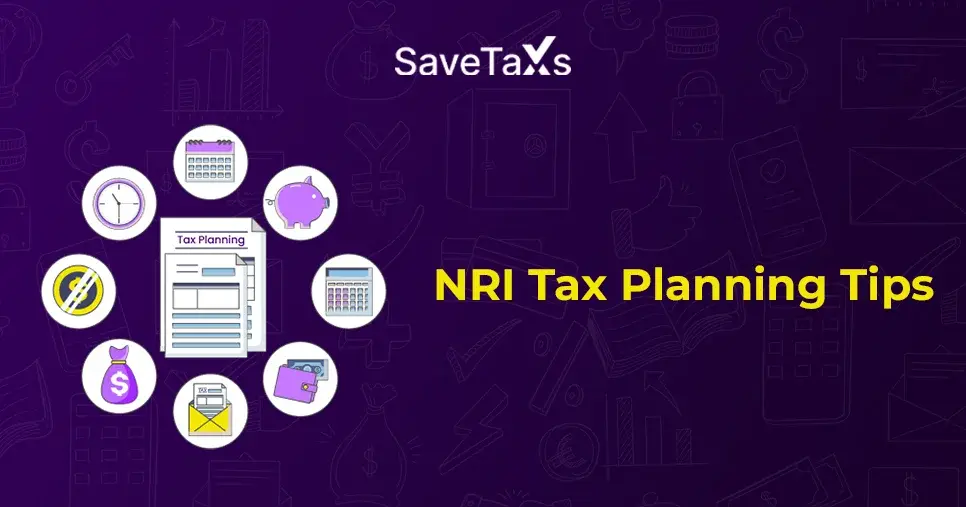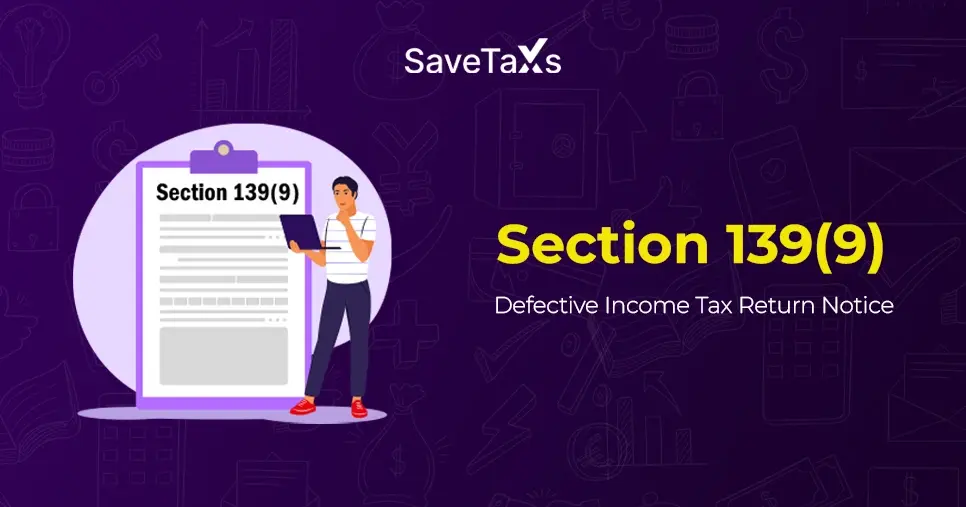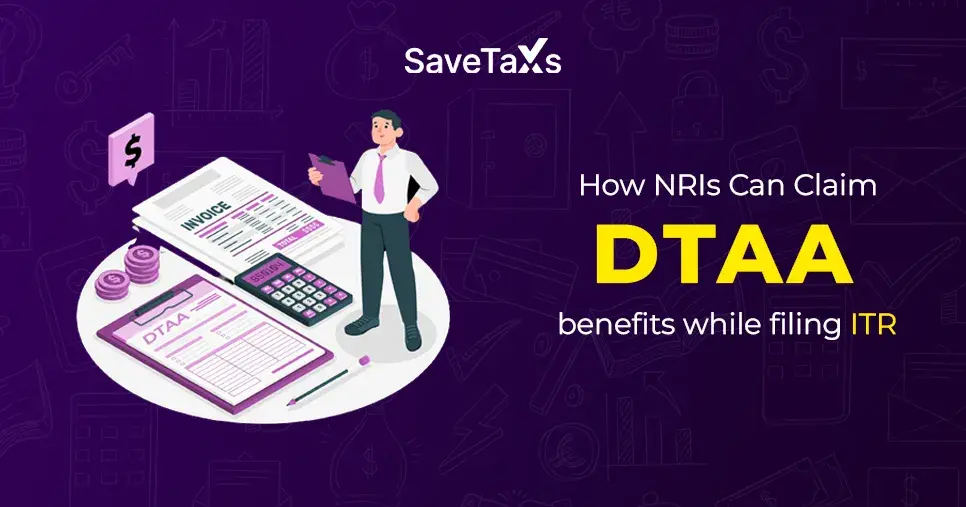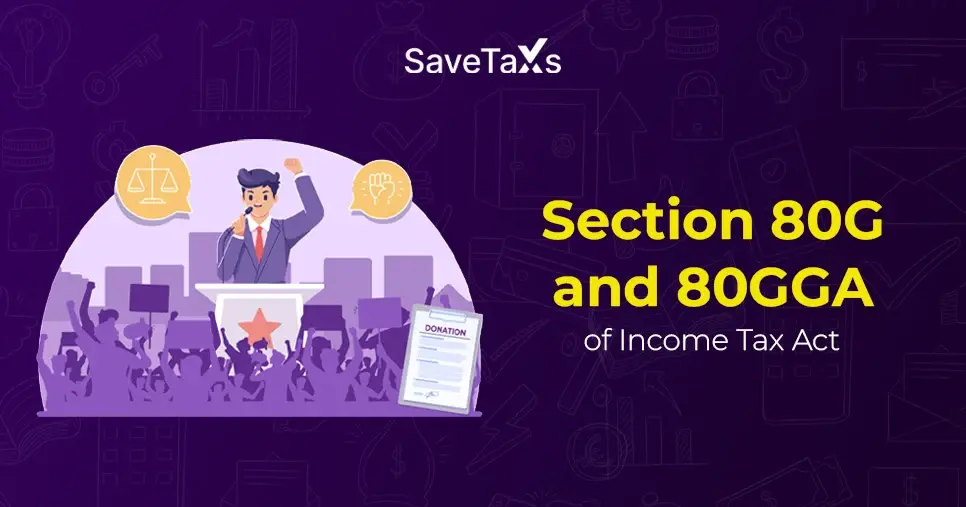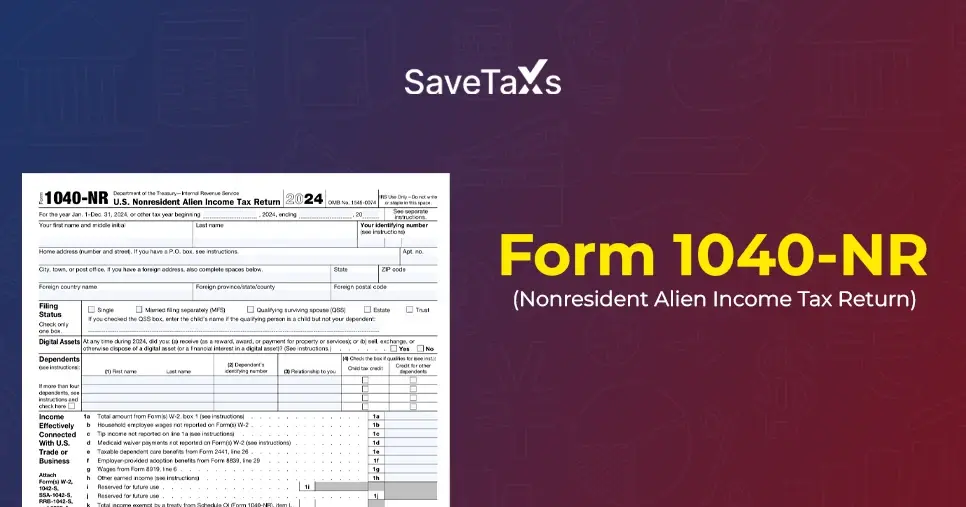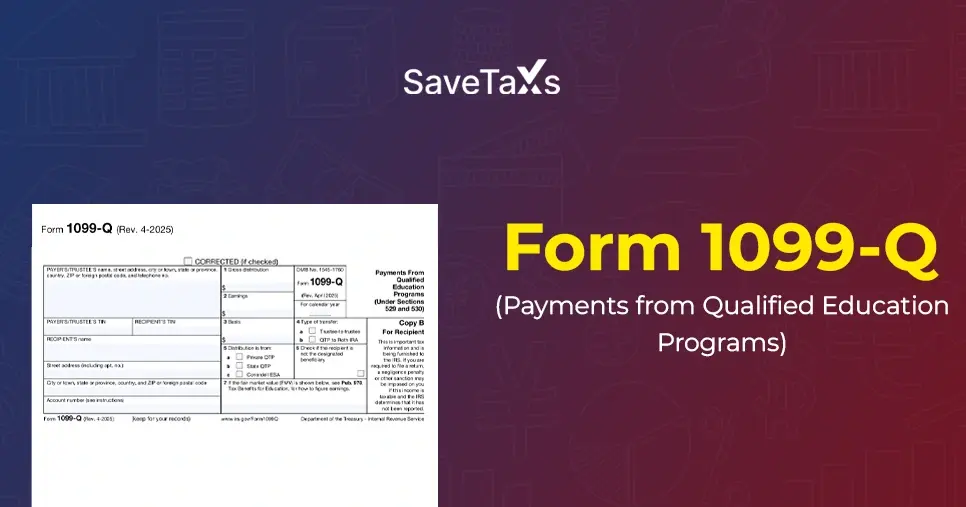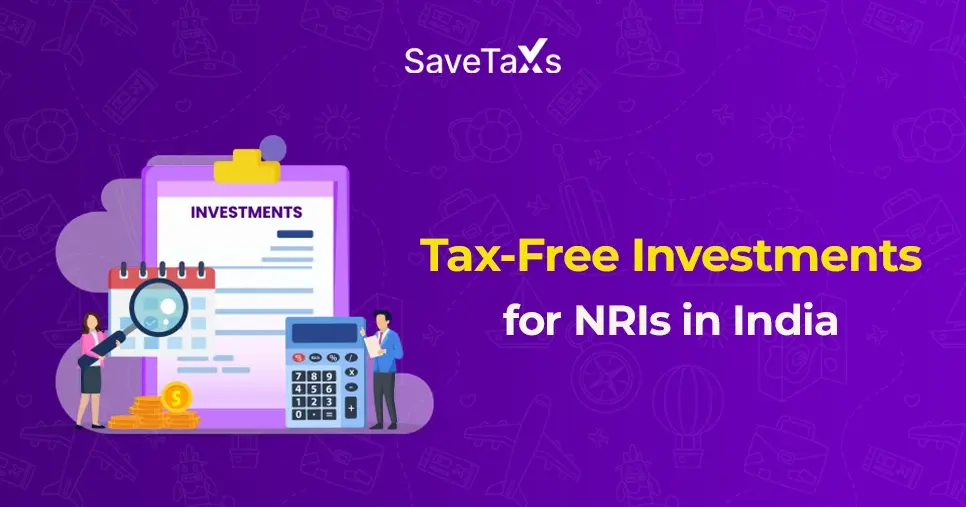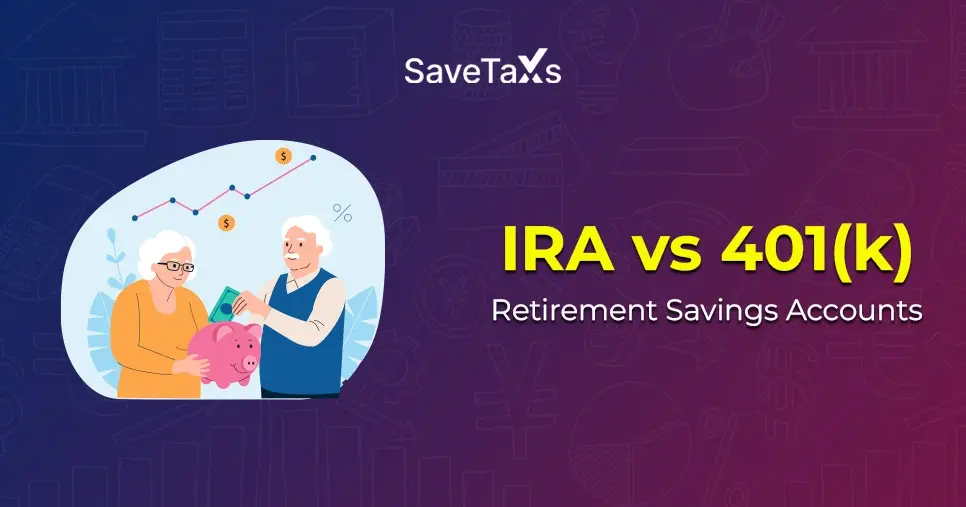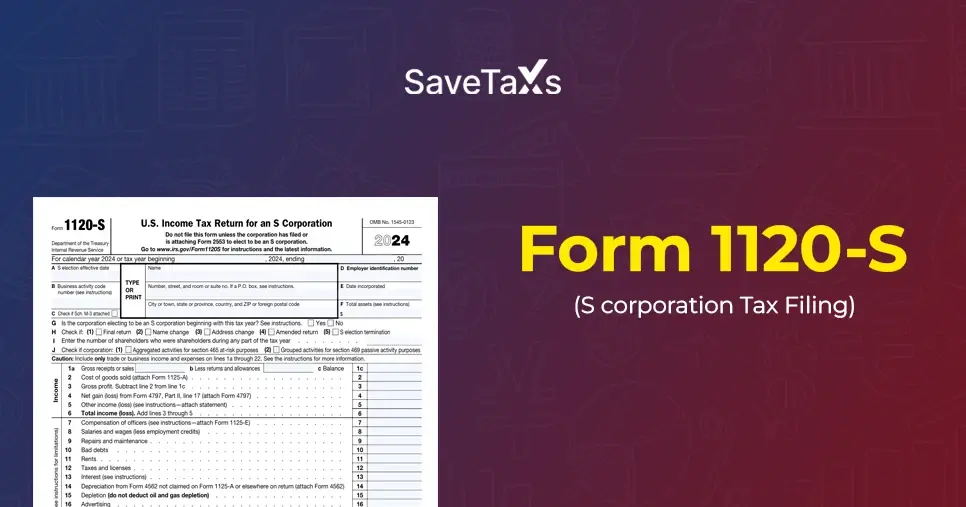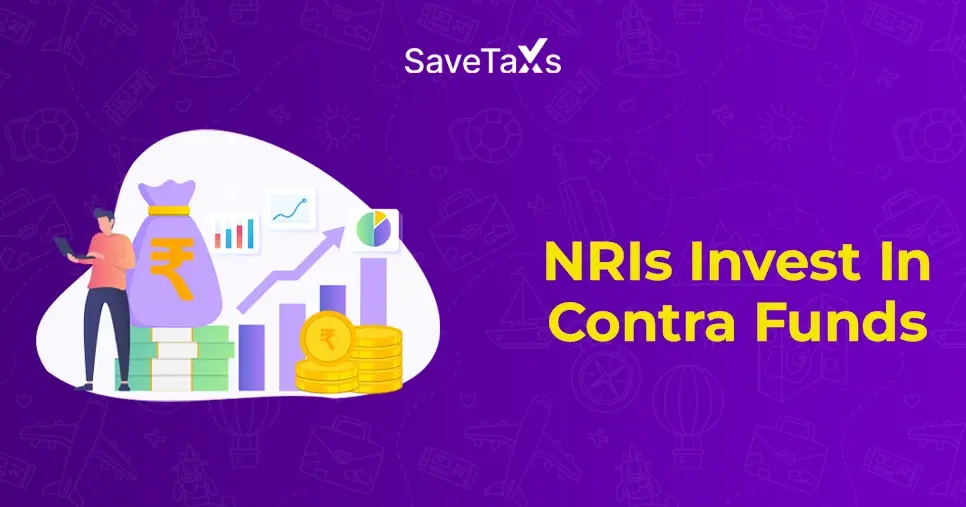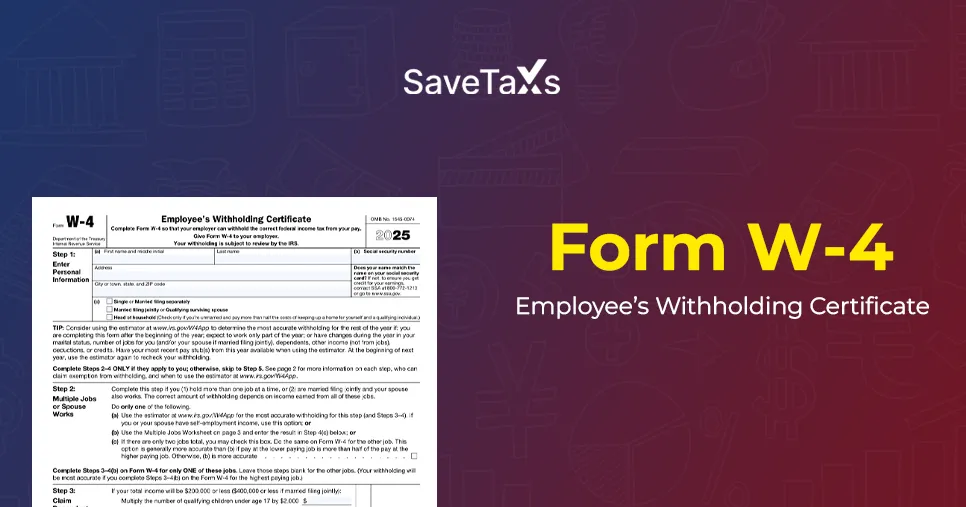As of 2025, eight states in America impose zero income tax on their residents. Such states are Alaska, Florida, Nevada, New Hampshire, South Dakota, Tennessee, Texas, and Wyoming. Additionally, Washington does not tax personal income, but it does impose taxes on the capital gains of high earners.
Although these states have no state income tax, residents must pay other forms of taxes, such as sales and property taxes, to offset the revenue gap.
In this blog, we will take a detailed look at the states with no income tax and how living in such states would turn out, considering the pros and cons. We will compare all nine states to gain a better understanding of their tax frameworks.
Key Takeaways
- Florida, Alaska, Nevada, New Hampshire, South Dakota, Tennessee, Texas, and Wyoming are the income-tax free states in the USA. However, Washington does tax the capital gains of high earners, but, like the other eight states, it does not impose any income tax.
- Living in no income tax states does not mean a cheaper living. Other factors and taxes influence the cost of living in such states.
- Sales, property, and excise taxes can be higher to fund the state's public programs and other important government services.
- No income tax means an easy tax filing process.
What is State Income Tax?
The state legislature imposes a state income tax on income from or in the state. The laws encircling the state income tax, such as tax rate, forms, procedure, what is considered as income, deductions, and more, vary from state to state.
States that impose income tax use the revenue to fund state and local services. At the same time, states with no income tax fund these services through sales, property, and other types of taxes.
Please ensure that the absence of income tax does not mean a lower tax burden. It is a long game of give and take; states that do not rely on the income tax revenue stream adjust the gap somewhere else. Therefore, it is essential to comprehend the entire tax structure of states with no income tax.
Which States Have No Income Tax
Eight states in the US have zero income tax. Those are Alaska, Florida, Nevada, South Dakota, Tennessee, Texas, New Hampshire, Wyoming, and Washington. However, Washington does impose tax on capital gains on high earners.
Now, with no income tax revenue, these states have to find other revenue streams to fund their state and local services, which are generated through sales and property taxes.
How is it to live in a state with no income tax?
Living in a state wth no income tax directly means you get to keep and save more of your hard-earned income. A part of this is through, but the overall tax burden such axes levy is high, ike higehr sales, import, or excise taxes.
Furthermore, the state legislature of Washington imposed the highest combined state and local taxes (9.38%). At the same time, New Hampshire and Texas have the highest priority access in the entire country, at 1.93% and 1.68%, respectively.
The state generates revenue from other taxes, which in turn help fund the public services, which are usually financed through the state income taxes.
What are the Other Taxes
As mentioned above, states with no income taxes fund their essential needs, such as healthcare, public safety, and education, through other tax revenue. The other taxes are:
Sales Taxes: A significant chunk of money needed for public services comes from sales taxes. This tax is collected in states such as Florida, Texas, and Washington, among others. Sales tax is imposed on the sale of goods and services in the United States.
Hence, with each purchase, a resident contributes a small portion of their income to the state's treasury.
Property Taxes: States with no income taxes often impose higher property taxes to offset the revenue deficit. Property tax is a kind of tax levied on immovable and movable property such as buildings, lands, vehicles, and other equipment.
Additionally, property taxes are one of the most significant sources of revenue for the state and local taxes in America. The funds are generated from property taxes and used to support public services and programs, including schools, roads, and other essential services.
Excise Taxes: An Excise tax is an additional tax imposed on specific types of goods, such as gasoline, alcohol, tobacco, and more. A portion of the excise tax revenue fund goes towards contributing to state services.
Industry-specific taxes: A few states in America capitalize on their well-known industries. For example, Nevada capitalizes on its unbeatable tourism and gaming industry, whereas Alaska also takes advantage and imposes the industry-specific taxes on its rich oil industry.
Federal Aid: A part of the state's funding comes from the federal government. The government allocates aid to all states in America, including those with no income taxes.
Advantages and disadvantages of living in a state with no income tax.
Every decision you make in life has its own advantages and disadvantages; similarly, choosing to live in a state with no income tax has its own set of pros and cons.
The Pros
Take more money home: The very obvious benefit of living in a state with no income tax is that you get to keep the full paycheck. No one is taking a portion out of your hard-earned income.
More investment and business opportunities: States with no income tax are seen as more economically attractive. With a low overall tax burden, the residents here are inclined towards setting up a new business or venture, which in turn boosts economic growth and creates jobs.
Easy Tax filing: No state income tax, meaning an easy and simple tax filing process. Residents living in such states do not need to prepare a state tax return, which saves on tax preparation costs and time.
The Cons
Other High Taxes: Since the states with no income tax have no revenue through these streams, they have found different ways to fund the public services. The other way is the other taxes, which are slightly higher, such as sales taxes, property taxes, or the excise tax.
Low public services: As compared to the states with income tax, the state with no income tax has less revenue. Some public services may be underfunded, resulting in poor infrastructure for roads, schools, and other essential facilities.
Cost of Living: If you think that the state with no income tax means a cheaper cost of living, then you're highly mistaken. Alaska and Washington have a relatively higher cost of living.
The detailed comparison of nine states with no income tax
Let us take a detailed look at what each state with no income tax in America has. But before we dive into the detailed comparison, here is a table for you to quickly analyze everything.
| State | Sales Tax | Average Local Tax Rate | Effective Property Tax Rate | Affordability Rank | Cost of Living Rank | Housing Affordability Rank |
| Alaska | None | 1.82% | 1.07% | 35th | 36th | 30th |
| Florida | 6% | 1% | 0.71% | 39th | 38th | 40th |
| Nevada | 6.85% | 1.39% | 0.44% | 33rd | 28th | 39th |
| New Hampshire | None | None | 1.61 | 44th | 45th | 42nd |
| South Dakota | 4.2% | 1.91% | 1.01% | 5th | 4th | 7th |
| Tennessee | 7% | 2.55% | 0.48% | 18th | 17th | 18th |
| Texas | 6.25% | 1.95% | 1.47% | 28th | 29th | 31th |
| Washington | 6.5% | 2.88% | 0.76% | 47th | 48th | 45th |
| Wyoming | 4% | 1.44% | 0.55% | 19th | 20th | 22nd |
Texas
Taxes: The state imposes sales tax on most purchases at a rate of 6.25%, which can increase to 8.25% with local sales taxes added.
Furthermore, Texas also has property taxes that help fund the state's public services. The property tax rate in Texas is among the highest nationally, averaging 1.68%.
Services: The revenue generated through property taxes and sales taxes helps fund public services, including healthcare, police, roads, and schools.
However, since the revenue from income tax isn't there, certain services, such as public education, often face constraints.
Economy: The economy of Texas is vibrant and diverse. The state's lower tax rates attract many businesses from industries such as technology, agriculture, energy, and others, which helps in job creation and boosts economic growth.
Quality of Life: A robust economy and lower state taxes create a higher quality of life. But on the other hand, the quality of public service, such as healthcare and public education, might vary within the state.
Cost of Living: On average, the state offers a lower cost of living compared to the national average.
Florida
Taxes: Florida imposes a sales tax of 6%, which, when combined with local sales taxes, can reach a total of 8.5%. On the other hand, the property taxes in the state are imposed at the local level, which offers various tax exemptions.
Services: The property taxes and sales tax revenue in Florida go towards funding local services, such as public transportation, police, and more.
Economy: The economy of the Floridas revolves around agriculture, tourism, and the expanding technological industry. The tourism industry benefits significantly from sales taxes, which serve as the primary source of revenue to fund the state's public services.
Quality of Life: The quality of life in Florida is high, all thanks to the state's beachfront, warm climate, and a lot of activities the state has to offer. However, the quality of public services might fluctuate depending on the funds available to the state.
Cost of living: The cost of living in Florida generally equals the national average. However, it varies within the state. For example, the coastal and tourist cities like Miami and Fort Lauderdale are expensive, especially when it comes to housing.
Washington
Taxes: The sales tax in Washington is high, with a tax rate of 6.5%, and when combined with the local property tax, it can reach as high as 10.4%. The state also imposes the royalty tax.
Services: The state property and sales tax are major revenue-generating streams to fund the public services for the state. However, due to a lack of funding from no income tax, some public services also face restrictions.
Economy: The economy of this state is strong, as tech giants like Amazon, Microsoft, and others have their offices here. Agriculture and the aerospace industry boost the economy of Washington higher and higher. A good and strong economy improves the lives of residents living there.
Quality of life: With a great economy, the quality of life in Washington is high. The state offers a range of outdoor activities and cultural experiences. However, the quality of public services such as public schools and healthcare varies widely within states.
Cost of Living: The cost of living here is relatively higher than the national average. Growing cities like Seattle have seen a rise in housing prices.
Tennessee
Taxes: This state's sales tax is based on an average rate of 7%, and when combined with local add-ons, the rate can reach as high as 9.75%. Tennessee has one of the highest sales tax rates across the nation. The state also implements property taxes.
Service: The sales and property tax revenue help fund the public services in Tennessee.
Economy: The economy of this state is diverse, as it has a robust automotive, entertainment, and manufacturing sectors. Cities like Nashville and Memphis also have robust job markets, which support the residents' livelihoods.
Quality of Life: This state has a harmonious blend of peaceful countryside and lively city. The secular culture of Tennessee is admirable. However, the quality of public service here depends on local revenue and healthcare.
Cost of living: The overall cost of living in this state is lower compared to other states in the nation. However, some fast-growing cities like Nashville have seen an increase in housing prices.
Nevada
Taxes: In Nevada, the sales tax averages 6.85%, and when local taxes are added, the total can reach 8.375%. The state also imposes some significant property taxes; however, the rates vary by state.
Services: State services are funded through property taxes and sales tax, which in turn help to support public services, including police, infrastructure, and schools.
Economy: The economy of Nevada relies heavily on tourism and entertainment, as well as the gaming industry. Cities like Reno and Las Vegas heavily rely on such industries. The uncertainties further contribute to the turmoil in job creation and affect the economic growth as well.
Quality of Life: Nevada offers a blend of urban experiences and scenic landscapes. However, the quality of public services varies from state to state, depending on the local income.
Cost of living: The cost of living in this state is generally the same or slightly more than the US average. There has been a rise in housing costs in Las Vegas and other urban areas. The living in the urban areas of Nevada is higher than in rural areas.
New Hampshire:
Taxes: This state has no income and no sales tax. However, it does impose a 5% tax on dividends and interest income. Additionally, the property taxes in this state are among the highest in the nation.
Services: The high property taxes fund the major public services of the state.
Economy: The economy of this state is built on industrial, manufacturing, healthcare, and education. Additionally, the unemployment rate here is low, which, when compared to the fact of no income taxes, makes New Hampshire an attractive place for potential job seekers and business owners.
Quality of Life: The state ranks high when it comes to the quality of life. New Hampshire has one of he est healthcare systems, a highly rated education system, and an array of recreational outdoor activities.
However, the quality of public services might vary within the state, as some cities might have more resources or funds than others.
Cost of Living: The state's high property costs can have a significant impact on the cost of living here, generally above the national average.
South Dakota
Taxes: The state applies the local sales tax at a rate of 6.4%. Theoretically, taxes here are imposed at the local level, since the rate varies across the cities.
Services: The revenue generated from property and sales tax revenue helps the state to fund its public services. The public service includes public salaries, schools, roads, and ore.
Economy: The economy of South Dakota relies heavily on agriculture, and significantly on healthcare and finance. The strong healthcare system here generates jobs.
Quality of Life: The quality of life in rural areas is high. However, many remote regions face challenges related to public education services, as well as other public services.
Cost of Living: The cost of living in this state is comparatively low. But on the other side, the healthcare, transportation, and utility services here can be expensive because of the distance between towns and cities.
Wyoming
Taxes: The taxation framework of Wyoming imposes 4% sales tax; when combined with the local sales taxes, it can go around 6%. Wyoming does collect the property tax, but it sis one of the lowest in the entire nation.
Services: The state generates a good revenue by imposing taxes on the extraction of natural resources like gas, minerals, and oil. Additionally, the revenue from the sale and property taxes helps fund the services of the state.
Economy: The economy of this state heavily relies on the substantial production of oil, gas, and coal. The tourism industry also plays a major role for Wyiming.
Quality of Life: The state has a beautiful palette of natural beauty and a great sense of community. The state is kess ooplulatres. However, the quality of the public services varies from state to state.
Cost of living: In terms of utility and housing, the cost of living here is actually low. The costs of healthcare and groceries can be higher depending on one's personal situation.
Alaska
Taxes: The tax framework of the state imposes a local sales tax, which can go up to 7.5%. The rate of eoiroety tax does vary within the state.
Services: The state depends a lot on oil revenues to fund the state's public services and operations. To some extent, the factoring cost of oil can lead to budget uncertainties.
Economy: The economy of Laska is mainly based on mineral extraction, fishing, tourism, and the oil industry. These sectors also create jobs and contribute to the overall health of the economy.
Quality of life: Life in Alaska offers a unique experience, combining natural beauty with a rich quality of life. However, the rugged geographical locations within the state can make it challenging for them to access basic services, such as healthcare and education.
Cost of living: The cost of living here is high compared to the national average. Groceries, healthcare, and other essentials are expensive here due to high transportation costs. The state is situated amid rugged terrain, hence the cost of transportation is high.
The government here has the Alaska Permanent Fund, which helps offset the high cost of living.
The Bottom Line
When you move to a no-income-tax state, you get to keep your entire annual earned income. However, the no-income-tax factor must be considered solely before moving. Certain things must be taken into consideration, like the other tax rates, economy, quality of life, cost of living, and more.
If you need any assistance with the state taxes and how the economy is there, or anything that relates to this decision, connect with Savetaxs. We have helped thousands of US citizens and NRIs with taxation services and consultancy.

Miss Sanskriti is a certified Tax Expert. She has her expertise in US GAAP, Taxation, SOX, IRS, Accounting, and Auditing standards. Miss Saxena is an intellectual blend of a high-end auditor, tax consultant, and accountant
- What is Adjusted Gross Income (AGI)?
- How to Fill Form 10E - Tax Relief On Salary Arrears Under Section 89(1)
- Know Your Tax Deadlines for 2025: When and Where to File?
- Standard Deduction vs Itemized Deduction - Which One To Choose
- What Is State Income Tax - Overview, How It Works And More
- What Is Earned Income & the Earned Income Credit?
Want to read more? Explore Blogs
Frequently Asked Questions
No matter what your source of income is, we've got you covered. There’s a plan for everybody!

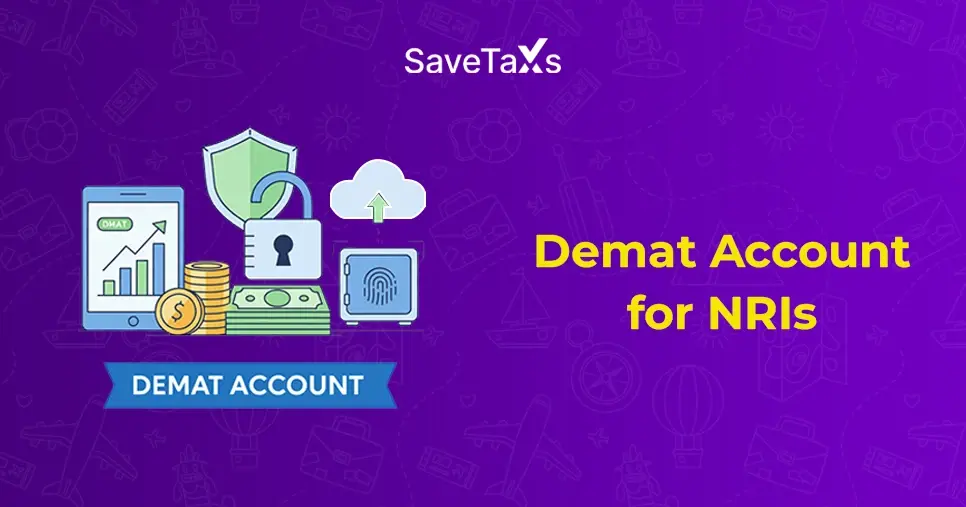
_1753429421.webp)
